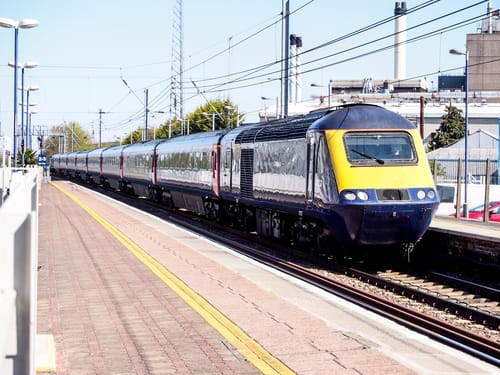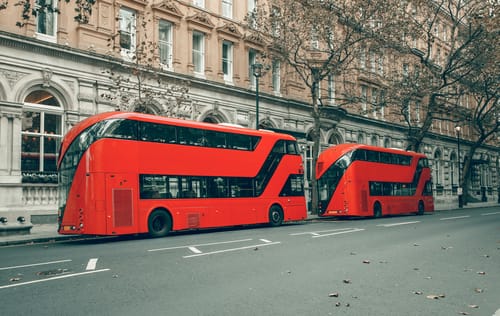
Train stations

Before you begin your property search, it’s recommended that you sit down with your partner, friends or your family. If you’re buying with someone else, each decide realistically how long you’re both willing to spend commuting, so that you can agree on a search area. The difference between an hour each way, and an hour and a half each way, might seem small, but it’s a total of an hour extra, on a good day. If the weather is bad, there’s an accident, or the route gets congested, it could be significantly more. Plus, you’ll be paying more in travel costs, whether that’s petrol, diesel or train tickets.
If you’re going to be catching a train to work, will you be able to walk to the station, or will you need to drive there? If you’ll be driving to the station, how much will it cost you to park, or will you be able to park for free in a side street? These are things you need to consider before you start searching, so that you don’t fall in love with a property, only to discover that it’s not practical later on.
It’s worth noting that when you view a property’s profile, you should be provided with information about how far it is from the nearest train station. It’s worth trying the route yourself though, at least once or twice, to get an idea of what it would be like to commute from there. If you’re going to do so, make sure you do it at the same time you’re going to be travelling, such as peak times, not 2 o’clock in the afternoon, when there’s no traffic.
Motorways

If you are going to be commuting to work by car, you’ll most likely need good access to the motorway network. Consider the distance between a property and the nearest motorway junction. Keep this in mind throughout your search as this will affect your commuting time. If the nearest motorway is especially busy during certain times of the day, will you need to leave earlier or choose a slightly different route?
The Traveltime Distance Calculator is a great place to start to find areas to live within commuting distance of your workplace. You can choose between different transport options and input a maximum travel time to ensure you won’t be commuting for longer than you’d like to from your new home.
Buses

To find out how frequently buses run, you’ll need to check out the local council’s website. If you’re a car driver, you might not be using buses at the moment, but if, for instance, you are unable to drive in the future, a regular bus service could be essential. Many councils provide door-to-door transport for the elderly and disabled, for a fee, but you’ll have to check whether your council offers this.
Cycle routes

If you are planning on cycling to work, have you tested the route out to make sure it’s manageable and safe? The type of bike you own will impact on your cycling commute, with road bikes lending themselves to longer, hillier commutes and city bikes better for flatter rides under 30 minutes. Cycling charity Sustrans runs the National Cycling Network and provides tips for commuters, while apps such as Map My Ride are excellent tools for route planning.
Consider that many workplaces offer salary sacrifice schemes such as Cycle to Work, where you pay for the bike over 12 months from wage deductions, while the availability of showers and changing facilities at your workplace may affect your decision to ride.
Airports

If you’re a frequent flyer, you may want to be within an hour or two of an airport. If you don’t fly very often, being further away might not bother you. Finally, if a property you like is close to an airport, you might want to check it isn’t under a flight path or that there aren’t any expansion plans in the pipeline that could affect you in the future.



